Should a Beginner Get Golfer Fitted for Clubs? Focus On Enjoyment

If there is a comment golf club fitters probably hear most often it is beginner golfers saying to them that they are not good enough to get fitted for golf clubs.
That perception that a golfer needs to be of a certain standard to benefit from a golf club fitting probably also applies to average golfers but it is certainly a very clear opinion expressed amongst beginners golfers.
Beginner golfers should get fitted for golf clubs because they have the most to gain from playing the right clubs for them. All golfers adapt their swing to their clubs so if beginners choose clubs which are not well suited to them they will immediately form bad habits that become hard to break.
Now this all may seem a bit counter intuitive. And I agree it does.
How on earth can a fitting process which is used by the best golfers in the world also have a positive effect on players who are just taking up the game?
Well the simple answer to that is that the ‘purpose’ of going to see a fitter for a beginner golfer and a very good golfer is very different.
And that differing purpose is what we’re going to look at in more detail in the remainder of the article.
Beginners Golfers Not Getting Fitted Risk Their Enjoyment
Beginner golfers have a lot to contend with when they take up the game. Golf is a hard game to play and given how unnatural a movement the golf swing is there are a lot of thoughts running through any beginner golfer’s head when they start playing.
Thinking about getting fitted for golf clubs is probably not one of the earliest thoughts but going through a process that makes sure you start playing with the right clubs for you probably should be.
Because if someone offered you a choice between two sets of golf clubs to start playing the game with as a beginner surely you would want to know which set is going to give a better chance of hitting the golf ball better?
And that’s where a golf club fitting can help even from the very beginning.
Because whatever standard of golfer you are, you are going to adapt your golf swing, either consciously or unknowingly, to the clubs you are using.

“It’s very important that beginners get fit because we develop our swings around the gear we use without even realizing it.”
Tim Briand, VP of True Spec Golf, Golf Digest Top 100 and Golf.Com Top 50 Clubfitter
Not convinced? Think of it this way. If I gave you a golf club twice the length of a normal club do you think the swing you used to try and hit the ball would be the same as the one you would use with a normal length club?
I’m exaggerating obviously with this example but it is vital all beginner golfers, and indeed all players, are aware that the equipment they use has a lot to do with how they swing. The wrong shaft, the wrong golf club length, the wrong lie angle etc – all these things will affect how you swing to try and hit the golf ball even as a beginner.
So if you start off your golfing journey as a beginner with the wrong golf clubs which you maybe have just borrowed from someone or grabbed from a golf shop shelf without taking any advice you run the risk of using ones which are entirely unsuited to you.
And that will then lead to you immediately developing bad habits and making an already hard game even harder.
But more importantly it also risks you not getting any enjoyment from the game at the beginning and potentially giving up.
And nobody who is a fan of golf wants that.
It is a great game but it is hard and if you spend your first few tries at the game never getting to feel the enjoyment of hitting a good shot in part because you are using the entirely wrong clubs you are likely never to catch the golf bug.

But how can a club fitting process which is constantly used by the best professionals in the game be of any value for a golfer whose standard is at the opposite end of the spectrum.
Well the straight forward answer to that is a qualified club fitter is aiming for very different things when dealing with a good player vs. dealing with a beginner.
When helping a professional or scratch handicap golfer for example the club fitter is aiming to fit them clubs which will let them hit the best possible shot they want to hit when they strike the ball well. And that is because they are good players they strike the ball well the vast majority of the time.
By comparison when it comes to beginners club fitters are aiming to make their poor strikes give a better result as often as possible. And this is because a beginner is going to strike the ball poorly more often than not simply by virtue of the fact that they are just getting started.
So while the club fitter is looking to supply the beginner golfer with clubs which are packed with ‘performance’ aids to help them as much as possible they know the good player is supplying that ‘performance’ element themselves and so are aiming to give them clubs which allows them to hit the ball the way they want them to.
The benefits different standards of golfer will get from a club fitting are therefore very different however they both get benefits from the process and as a result all golfers, including beginners, should get fitted to ensure they take advantage of them.
This is especially important also when those beginners are kids learning to play the game and who we all want to enjoy the game as much as possible to hopefully then let them spend a lifetime enjoying this great game.
Ensuring therefore beginner golfers get fitted and start off with the right clubs will reduce the risk that they don’t enjoy the game simply because they are using have entirely the wrong clubs for them.
“I see so many 6, 7, 8, 10-year-olds swinging these full-length clubs that are cut down, and they don’t swing the club; the club swings them.”
Maverick McNealy, PGA Tour Player
The Best Club Fitters are Certain to Help Beginner Golfers
A golf fitting for beginners is something which may feel a bit excessive for players just getting started with the game but a fitting session provided by a qualified and experienced club fitter can undoubtedly help.
As we’ve already discussed the approach of good club fitter will vary according to the standard of player they are dealing with even though the process itself they run through will be similar.
A good quality club fitting process will take at least 45 minutes to an hour for an individual group of clubs (e.g. driver, irons, wedges etc) and will look something like this:
- Interview – Golf club fittings start with a discussion with the fitter about your individual goals for improving and this Q&A will help the fitter plan the rest of the process and allow them to make the best recommendations for you that best meet your goals and most importantly fit within your budget.
- Static measurements – Next you should be measured from head to toe. Measurements of your height and wrist to floor distance and hand size helps determine a starting point for the length, shaft and lie angle of your clubs as well as grip size.
- Dynamic fitting using technology – The technology varies between custom fitters but they will use data from the tools, together with their own observations, to guide you in testing and re-testing the different club options which help you hit as many good, and as many ‘not so bad’, shots as possible.
- Final recommendation – At the end of all that the custom fitter will then be able to give you a final recommendation on which club or clubs they think suit you best. And if you’re lucky they may simply confirm the clubs you are already using are a good fit for your current swing and standard.
The process should always be roughly the same but as we’ve already discussed the approach of an experienced club fitter will be different for a beginner golfer compared to a much better player.
For beginner golfers good club fitters will much more likely spend more time on steps 1 and 2 and when it comes to step 3 will work hard to educate rather than confuse beginners with all the numbers which appear on the launch monitor and other tools they use.
“The way I see it the beginners have no consistent motions, but they do have some type of “baseline” action that makes fitting them for length, lie, and loft a good idea. I have seen too many never-ever players that have hand me down clubs that are set up in a way that makes starting the game impossible, too short/long, too upright/flat, etc.”
Tom Stickney, Golf Magazine Top 100 Teacher
This is not to be patronising to beginner golfers but players new to the game of golf tend to have a huge amount going through their head when they start to play as there are so many new skills to learn.
Adding to that with constant talk of ball speeds, launch angles and spin rates during a club fitting is not particularly helpful for beginner golfers but their role in any player’s swing is important to start to get to grips with.
The key fundamentals beginner golfers must focus on first are their posture, grip, ball position and alignment.
All of these are affected by the clubs a beginner uses and it is the impact of different clubs on these fundamentals which will be the club fitter’s focus to begin with rather than just the myriad of numbers being displayed on the launch monitor.
Specifically when dealing with a beginner a good club fitter will therefore look at:
- Club length & lie angle – Getting these right will help put beginners in the best ‘posture’ to make the most consistent golf swing to achieve the best strike they can given their standard.
- Grip – Often overlooked by regular golfers, never mind beginners, those new to the game need to have grips which are appropriate for their hand size.
- Head model – Choosing the most forgiving club head for a beginner will help them get the best result out of the poor strikes they often find themselves hitting the ball with in the early days.
- Shaft flex – Different golf clubs have different strengths of flex (i.e. bend) from ladies and senior flex all the way through to extra stiff. Choosing the wrong one for a beginner will make their life much much more difficult.
An excellent player will have typically have all these elements sorted and are looking for tiny improvements where they can find them but it is the capability to adjust their approach to all standards of players – from beginners to pros – that makes the choice of which club fitter you go to as a beginner golfer the most important decision you’ll make.
Make sure therefore that they are certified and have experience in providing club fittings to beginners and if you are also keen to take lessons you can aim to find a PGA Professional who is both a coach and a club fitter so you can get the best of both worlds.
A club fitting does involve elements of a lesson in any case but getting one done by your coach who is also qualified to give lessons can sometimes really help beginners get better quickly.
Golf Club Fittings for Beginners Don’t Need to be Expensive
Saying everyone, including beginner golfers, should get fitted for clubs is all very well and the benefits may be clear but everything comes with a cost.
Golf is an expensive game to play and when it comes to the subject of golf fitting many golfers think that it’s simply a process which will make an already pricey set of golf clubs even more expensive.
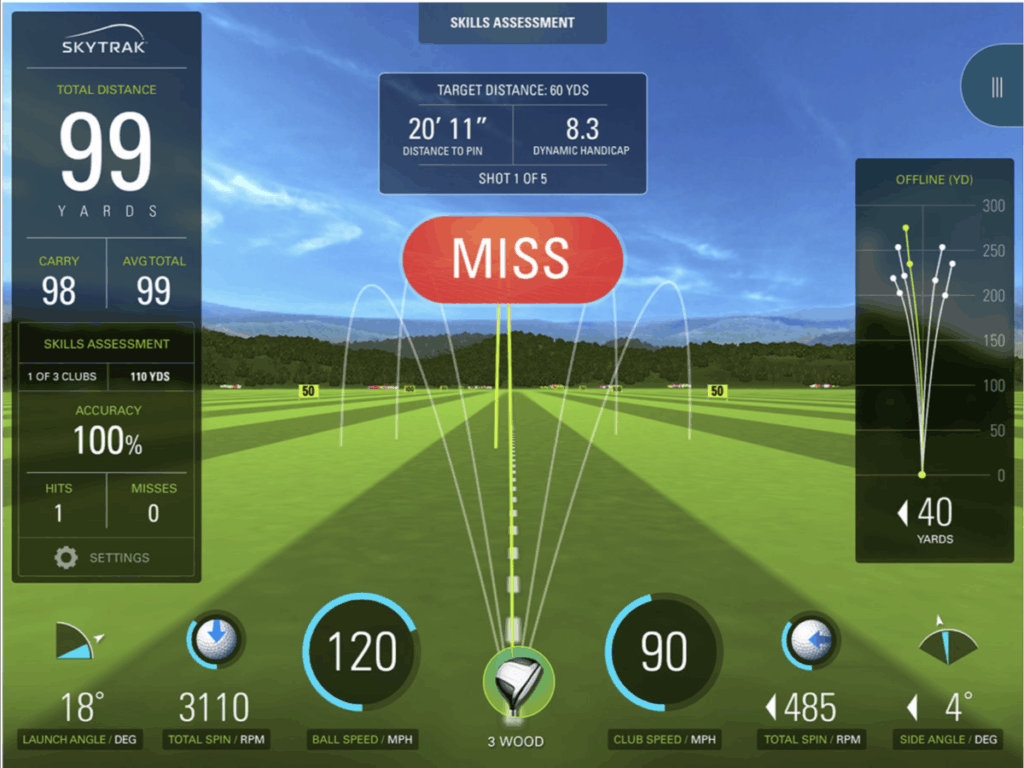
So why would beginners, who are just taking up and the game and have maybe not yet decided to commit to it fully want to spend their hard earned money on what could potentially be an expensive set of clubs recommended after a custom golf club fitting?
There is no doubt some golf club fittings can lead fitters to recommend that the player spends a few hundred dollars on a fancy new shaft for their new driver to get them the gains they have seen during the session.
But while that does occasionally happen a good club fitter is not going to make such recommendations to a beginner golfer, especially if they have discussed upfront what their budget is at the outset.
Reputable golf club fitters want golfers to get better and when it comes to beginners they want to give them the best possible chance to enjoy the game as much as they can from the outset.
So there is a much greater likelihood that club fitters will recommend clubs for beginner golfers that represent great value for money and will let them hit some good shots straight away as they improve their swing.
It is not every golf club fitters mission to get every customer to spend hundreds of dollars or pounds or euros after every fitting they do on brand new clubs.
And when it comes to beginner golfers they will frequently recommend they start with just a few clubs to get started – a wood, a mid-iron, wedge and putter for example – and will happily direct you to buy suitable 2nd hand equipment which suits your swing.
And if you have already been given a few clubs to get started by a friend or family member a club-fitter will tell you those a just fine for you to keep playing with after they’ve tested them out with you.
It does a club fitter’s reputation no good to get a beginner golfer to spend lots of money they don’t need to on clubs which they are not suited to.
If they do that golfer, who may end up playing the game for another good number of decades, would never come back to ask them anything about the game again.
So it simply doesn’t make any business sense for a club fitter to rip off a beginner golfer coming in for their first fitting.
Beginner golfers can undoubtedly benefit from club fittings and if you choose a good club fitter and are up front with them about your budget they will do their level best to make sure that the clubs they recommend to you will allow your next few bad shots to just end up in the rough rather than the trees!
Final Thought
By just grabbing off-the-rack clubs, or simply playing with whatever clubs are given to them, beginner golfers run a significant risk of starting out playing with ill-fitted clubs that will hold them back and lead them to develop some bad habits which will become harder and harder to break as play more and more.
And at worst it will make them give up because they get no enjoyment from the first few times they play as a result.
A golf club fitting for beginners can definitely help with this and will give benefits to any standard of player.
But golf is still a hard game to play and unfortunately golf club fitting is not the silver bullet that will let every beginner make amazingly fast progress in mastering golf in a short space of time.
A lot of practice is always required to get better and better at golf and this shouldn’t be forgotten.
But I for one are all for taking advantage of any process which gives me the best chance of using clubs which will give me as much of a helping hand as possible!
Other great articles related to this topic:
- How Much Does a Golf Club Fitting Cost? Is it Worth it?
- Should High Handicappers Get Fitted Clubs? The Benefits Apply to All
- Can You Get Your Existing Golf Clubs Custom Fitted? Complexity = Cost
- Is a Putter Fitting Worth it? It Removes a Variable or Three
- Should I Get Fitted for Golf Clubs Before Lessons? Get Both Together
- How Often Should You Get Fitted for Clubs? Use the 3 Tests
- Best Places to Get Fitted for Golf Clubs – A Complete Guide
- How Long Should a Club Fitting Take? Take Your Time!
- How Many Clubs Does a Beginner Need? Save Your Money to Start With!
RECENT ARTICLES
LEGAL INFORMATION
This site is owned and operated by Golfing Focus Limited, a private limited company whose registered office is in London, UK. Golfing Focus Limited is a participant in the Amazon Services LLC Associates Program, an affiliate advertising program designed to provide a means for sites to earn advertising fees (at no cost to you) by linking to Amazon.com. Golfing Focus Limited also participates in other affiliate programs with the eBay Partner Network, FlexOffers, CJ.com, Svorn and other sites and is compensated for referring traffic and business to these companies (again at no cost to you).
Our Socials

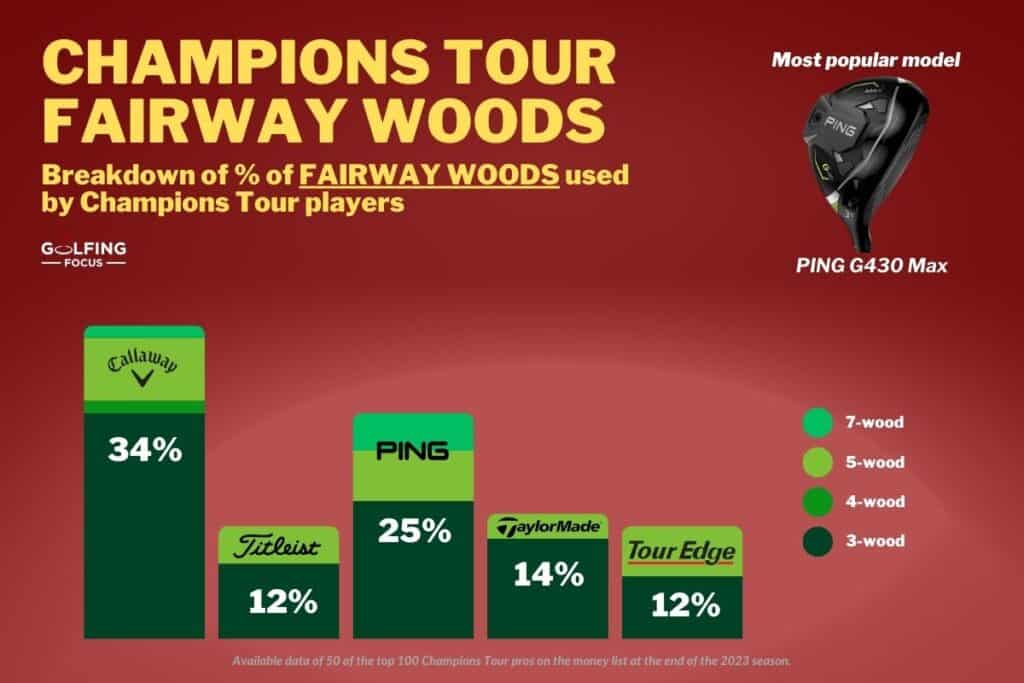
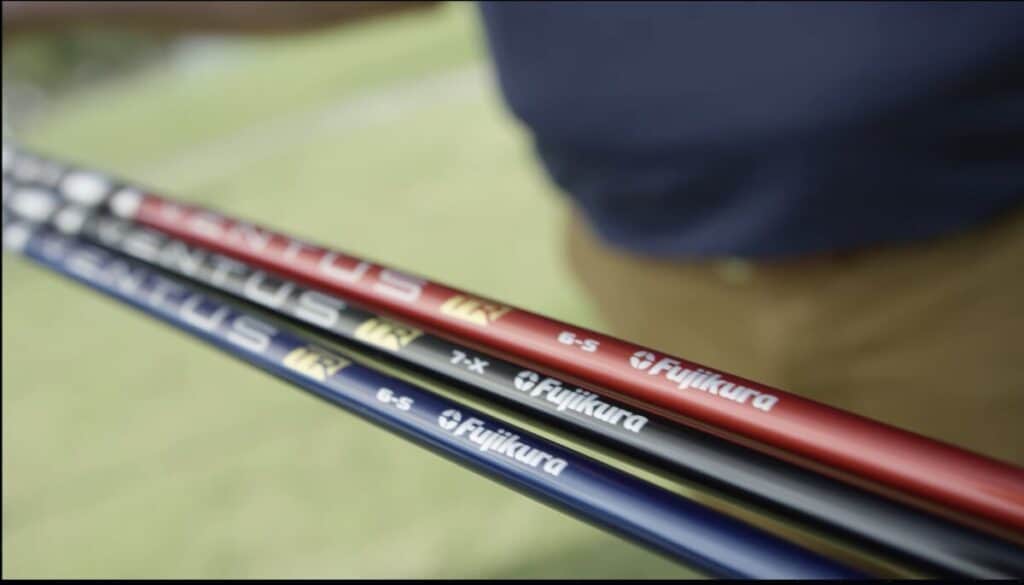
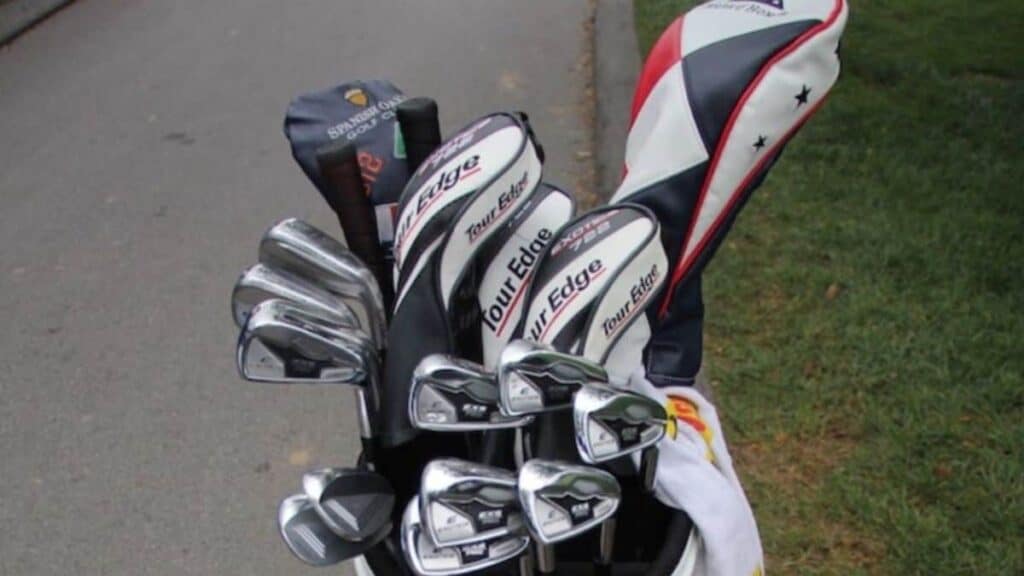
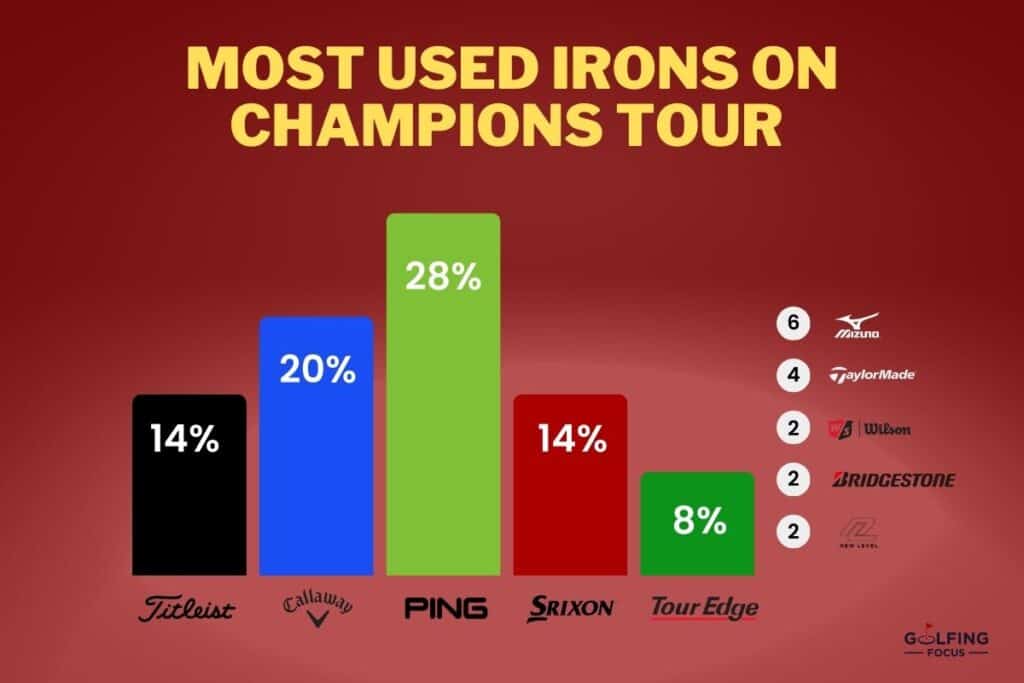
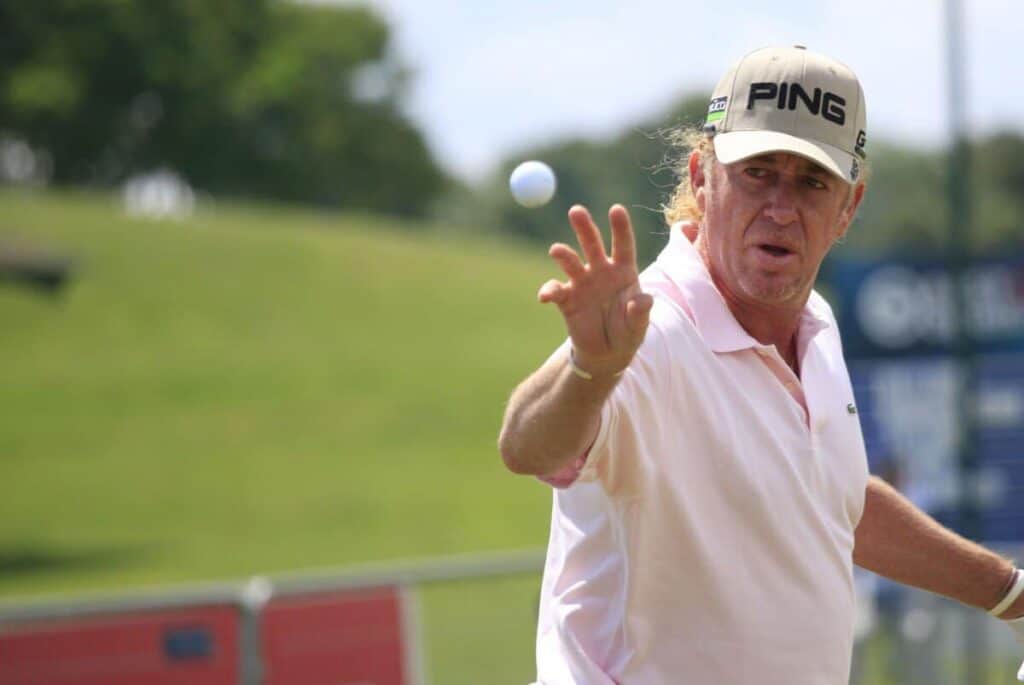
Leave a Reply